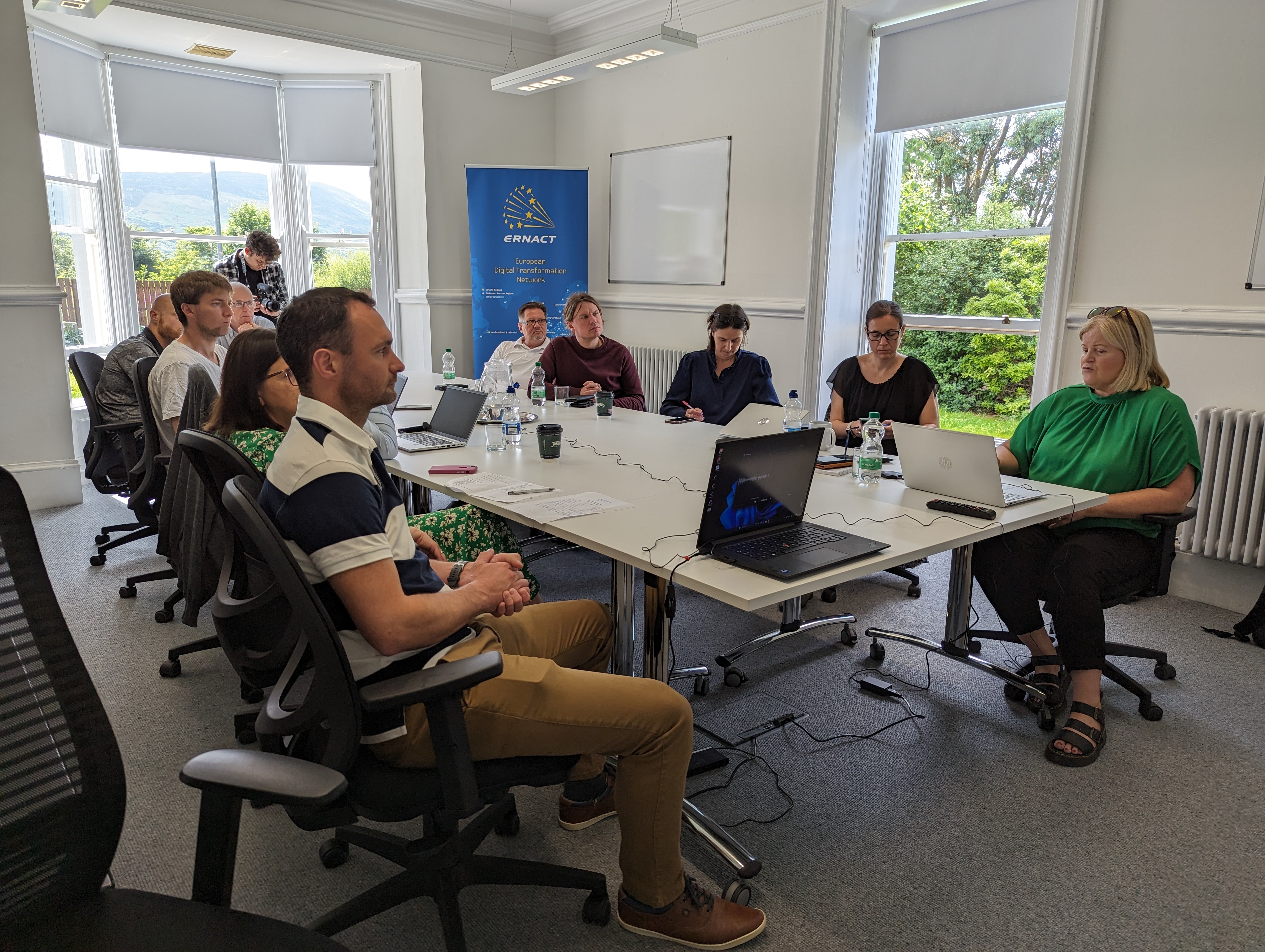News

Potential Software and Hardware Technologies for Virtual Power Plants
The COPOWER partnership assesses technology, tools, data and security resources in the participating partner regions.
Date
07.05.2024


